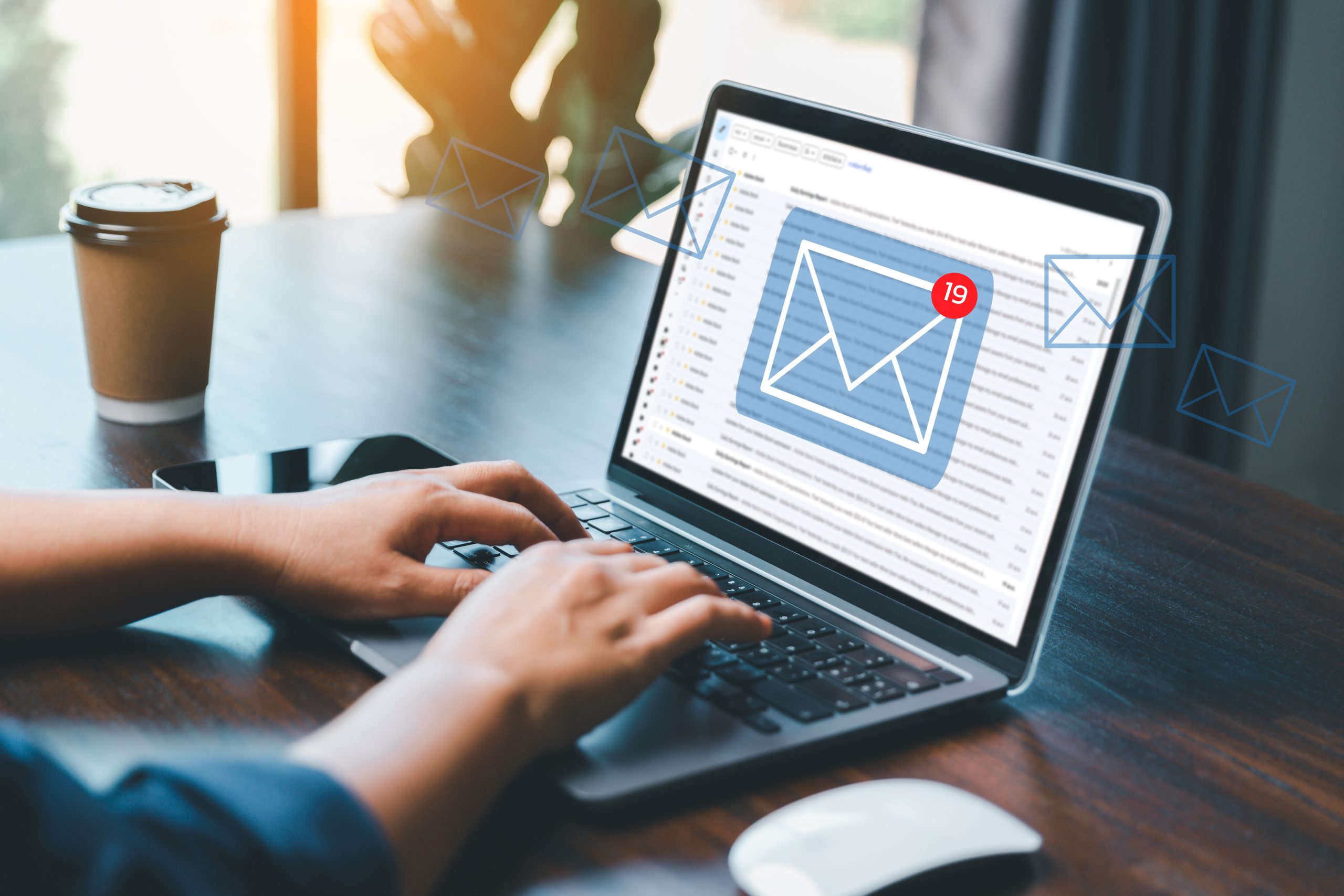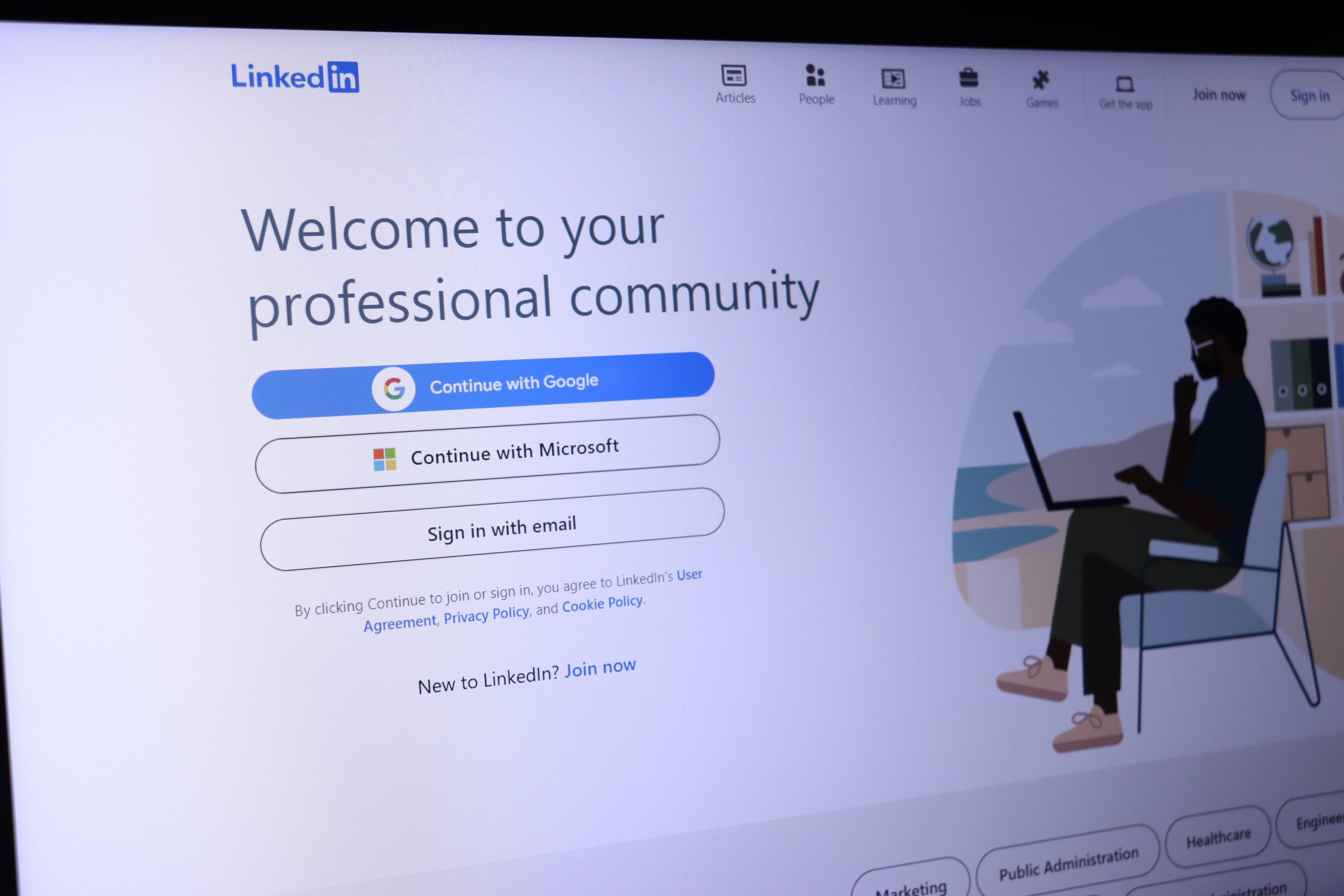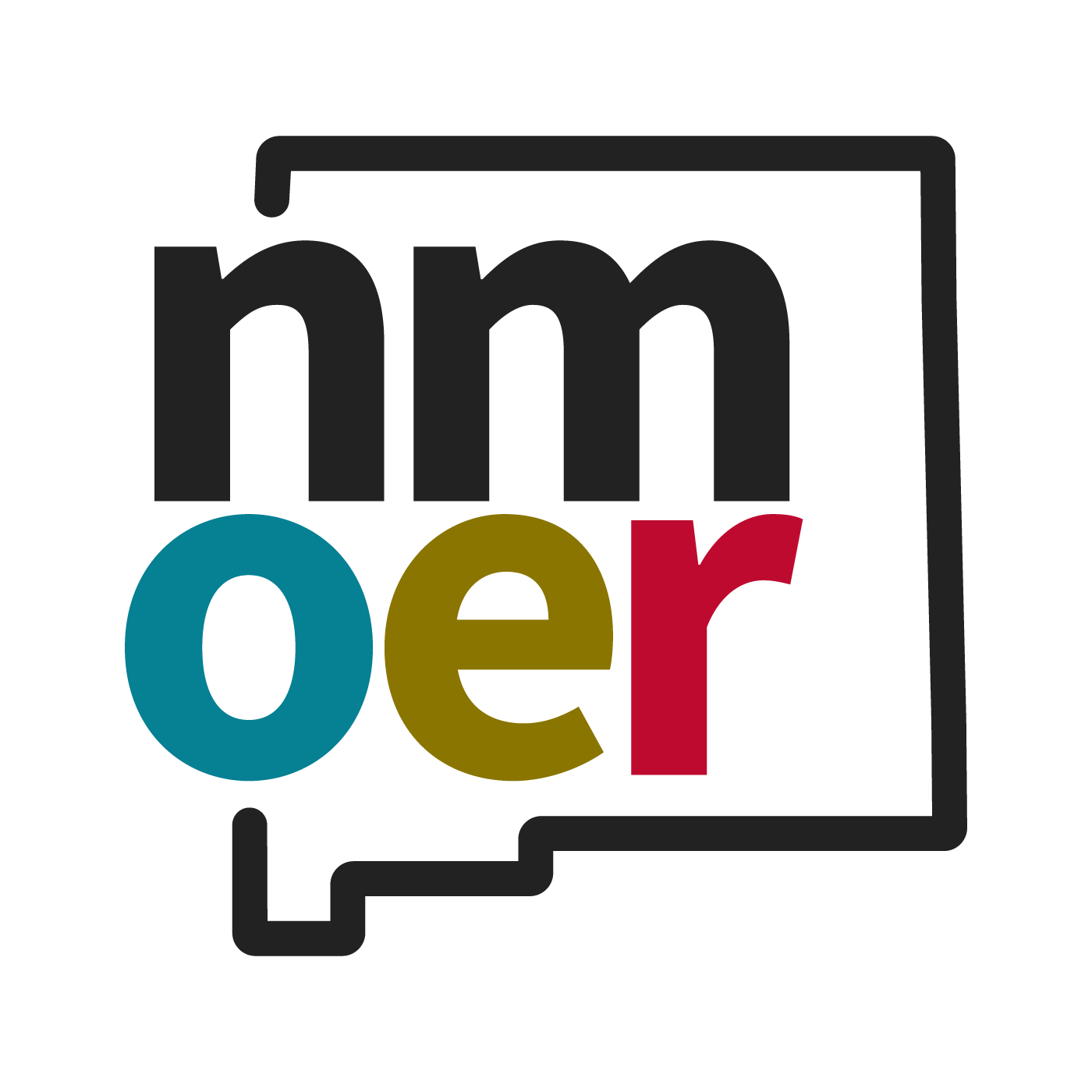Chapter 12: Mastering Written and Electronic Communication
Chapter Learning Objectives
- 12.1 Identify the key elements of professional written and electronic communication, including tone, clarity, format, and audience awareness. (SLO 1, 2)
- 12.2 Apply appropriate formatting and etiquette when composing emails, memos, and other workplace documents. (SLO 1, 2)
- 12.3 Analyze examples of written and electronic communication to determine their effectiveness and professionalism. (SLO 1, 2)

Today, electronic communication is often a primary medium through which professionals interact. Whether it’s crafting an email, writing a thank-you note, or managing a professional social media presence, the ability to communicate clearly and appropriately in written form is critical for success.
Unlike face-to-face interactions, written communication lacks the benefit of tone or body language, making precision, clarity, and professionalism paramount. In this chapter, we explore the essentials of professional email etiquette, the art of writing thank-you notes and formal correspondence, and the dos and don’ts of maintaining a professional image on social media.
Professional Email Etiquette
Email remains the backbone of professional communication, and mastering its nuances is crucial for maintaining clarity and professionalism in the workplace.
Subject lines in an email DO matter! A concise and relevant subject line ensures that your email captures the recipient’s attention and sets the right expectations. For example, instead of a vague subject like “Follow-Up,” use “Follow-Up: Marketing Strategy Meeting – June 15.” A clear subject line also makes it easier for the recipient to find and reference your email later.
Address the recipient appropriately by starting with a proper greeting based on the level of formality. Use titles and last names unless familiarity or company culture dictates otherwise. For example, start with “Dear Dr. Smith” or “Good Morning, Ms. Brown” in formal contexts. Avoid overly casual greetings like “Hey” unless the relationship and tone of the conversation warrant it. Tailor letters to the recipient by addressing their specific needs or interests.
Great emails get to the point without unnecessary fluff. Clearly state the purpose of the email in the first paragraph and use bullet points or numbered lists to organize information when applicable. For example:
Purpose: “I’m writing to confirm the details of our upcoming presentation.”
Key Points:
1. The presentation will take place on June 15 at 10 a.m.
2. The topic is “Future Trends in Sustainability.”
3. Please confirm if the agenda aligns with your expectations.
While professionalism is essential, overly complex language or excessive jargon can confuse the reader. Use straightforward, professional language and avoid abbreviations or acronyms that may be unfamiliar to the recipient.
Even in disagreements or tense situations, maintain a polite and respectful tone. For example, instead of saying, “You missed the deadline,” reframe the message as, “I noticed the project timeline has shifted. Let’s discuss how we can get back on track.”
Errors in grammar, spelling, or punctuation can undermine your credibility. Always proofread emails before sending and consider using tools online or in Microsoft Word to help improve your writing. Ensure that your professional tone, voice and original ideas are communicated. Do not rely on Artificial Intelligence to write your correspondence. Even if AI-generated writing appears more polished or professional than your own, your audience may recognize it’s not authentically yours, which can undermine your credibility.
Conclude emails with actionable next steps or a clear question, such as, “Please confirm your availability for the meeting by Friday” or “Let me know if you need any additional materials.”
End emails with appropriate closings such as “Best regards,” “Sincerely,” or “Thank you.” Avoid overly casual signoffs like “Cheers” or “Take care” in formal contexts. Always include a professional signature with your name, title, and contact information.
Writing Thank-You Notes
A well-crafted thank-you note or formal letter demonstrates professionalism and gratitude, leaving a positive impression on the recipient.
Thank-you notes are not just polite, they are an opportunity to reinforce connections and demonstrate appreciation. Whether after an interview, a business meeting, or a favor, a thank-you note shows thoughtfulness and respect.
Click on each of the headings below to learn about the structure of a thank-you note:
Opening
Express gratitude immediately, e.g., “Thank you for taking the time to meet with me yesterday.”
Specific Details
Reference something specific from the interaction, such as, “I found our discussion about your marketing strategy particularly insightful.”
Closing
End with a note of optimism or an offer to continue the conversation, e.g., “I look forward to collaborating on future projects.”
Thank-you notes can be handwritten or emailed, depending on the context. Handwritten notes are more personal and impactful for significant gestures, such as after receiving a mentorship opportunity or gift. Email notes are more practical for timely follow-ups, such as after an interview.

Social Media Dos and Don’ts for Professionals
In the digital age, social media platforms serve as extensions of your professional persona. Proper management of your online presence is critical for maintaining credibility and reputation.
Consider using platforms like LinkedIn to highlight your skills, experience, and achievements. Include a professional headshot and regularly update your profile. These platforms can be a way to share your skills and connect with others with similar professional interests or with previous contacts you may not keep in touch with over time. Sharing articles of interest, commenting on others’ posts about industry trends especially with your expertise, can help build your professional network and knowledge.
Video: What is a Digital Reputation
Watch this video about “What is a Digital Reputation” to learn about how what you do online combine to create your digital reputation:
With any online platform, privacy settings and thinking about what you are sharing is important in the context of the professional persona you want to show the world online. On personal platforms, such as Facebook or Instagram, adjust privacy settings to control who can view your content. But always assume ANYONE online can see ANYTHING you post online! (Yes, your boss might have enough personal connections to see your rant about the company, even if you think your privacy settings only allow friends to see it.)
Many HR experts will advise professionals to refrain from engaging in debates on politics, religion, or other polarizing subjects unless they are relevant to your profession on social media. Avoid posting inappropriate photos, offensive language, or anything that could damage your professional image. If you wouldn’t leave it on your computer or phone for anyone at work to see, should you post it on social media? Sharing too much personal information in a professional or online environment can blur the line between your professional and private life.
Have you ever “googled” yourself? Regularly searching for your name online will help you monitor your digital footprint and what others might see if they were to “google” your name. Address any negative or outdated content that might harm your professional image. Tools like Google Alerts can notify you when your name appears online.
For example, if you had a terrible experience with a company that you scheduled to clean the carpets in your house and you post a review full of expletives and poor grammar, that post could appear in search results for your name. Is that the professional reputation you want future employers to see? Is that part of the first impression you want someone to have of you if you are applying for a job?
Using social media as a tool in your professional persona can showcase your knowledge, skills, and values…or it could damage your reputation if you don’t actively monitor what is “out there.”

Conclusion
Mastering written and electronic communication is essential for success in today’s professional landscape. From crafting precise and respectful emails to writing thoughtful thank-you notes and managing a polished social media presence, effective communication helps build trust, strengthen relationships, and enhance credibility. By applying the techniques and best practices outlined in this chapter, you can ensure that your written interactions consistently reflect professionalism and expertise.
Exercises
How to cite this chapter:
Hamby, C., McNack, L. and Wooldridge, T. (2025). Chapter 13: Working in a Global Environment. In Pouska, B. (Ed.), Business Professionalism. New Mexico Open Educational Resources Consortium Pressbooks. https://nmoer.pressbooks.pub/businessprofessionalism/
Licenses and Attributions
External Resource
Cyber Civics Student Hub. (2023). What is a digital reputation? Lesson from Cyber Civics curriculum [Video].
Original chapter source: Adapted from Navigating the Professional World: A Guide to Business Etiquette by Courtney Hamby, Leshay McNack, and Tena Wooldridge.

